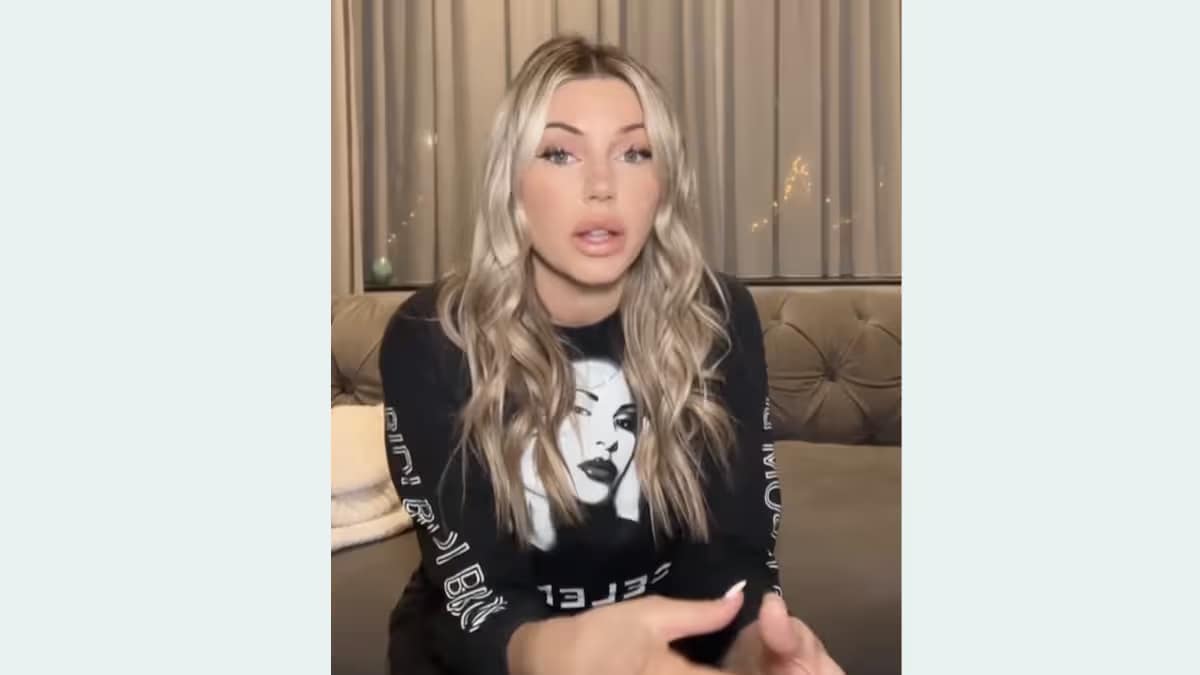An onslaught of school closures and new virtual learning schedules is giving some parents flashbacks to the beginning of the pandemic. In-person classes have been the norm for many people this school year, but now teacher burnout, staff shortages and the ongoing threat of COVID-19 has created a perfect storm that’s threatening kids’ regular school schedules once again.
Over the past two months, school districts around the country have been surprising parents with emergency days off, extending holiday breaks and switching some class days to virtual learning. The moves have left many parents scrambling to find care for their kids and wondering if things will ever be back to normal.
Which schools are closing?
The wave of school closures started in November, when school districts in Seattle, Bellevue and Kent, Washington, each announced — with only two days’ notice to parents — emergency plans to remain closed the Friday after Veteran’s Day due to staff shortages. On November 17, Ann Arbor Public Schools in Michigan announced that Thanksgiving break the following week would be extended due to rising COVID-19 cases and lack of staff.
On the same day, Detroit public schools announced a plan to move to “virtual Fridays” during the month of December to address the mental health needs of students and staff and to provide more cleaning time amid an uptick in COVID-19 cases.
There were more than 2,300 school closures during the week leading up to Thanksgiving, according to Burbio, an organization that tracks school closures and the effect of the coronavirus on education. While that number has decreased in the weeks since the holiday, there are indications that closures are ticking up again as we head into the winter months. Burbio is already tracking nearly 700 closures through the weeks of December 5-19.
Worcester County Public Schools in Maryland recently announced an early dismissal day on December 17, followed by a return to remote learning December 20-22. In Orange County, California, the Placentia-Yorba Linda Unified School District has canceled in-person classes for all sixth graders in at least one school until after winter break.
In Richmond, Virginia, Superintendent Jason Kamras recently announced an extension to the district’s usual winter break, citing concerns about mental health. “Please know that I do not take this action lightly,” Kamras writes in a letter to families. “But I believe we face an emotional and mental health emergency right now that requires us to think differently about this year.”
Why are so many schools closing?
There are multiple factors driving the decision to close schools or move to reduced schedules and virtual learning. In addition to the mental health concerns cited by Kamras, there are also nationwide staff shortages. Not only are schools short on teachers, they’re also struggling to hire paraprofessionals, administrators and bus drivers. In Colorado, schools are recruiting parents and grandparents as substitute teachers. In Massachusetts, the National Guard was called in to help drive school buses.
Making things even worse is the increasing threat of COVID-19 and the new omicron variant. COVID transmission is high in the majority of U.S. counties, and the nation is averaging more than 120,000 new cases each day. While the majority of these cases are due to the delta variant, omicron has been identified in at least 34 states.
Schools have not been a major source of COVID transmission throughout the pandemic; however, staff shortages can be worsened by exposures to COVID, like they were in Pennsylvania, where the Delaware Valley School District had to cancel classes after all of the bus drivers were quarantined.
How parents are coping
For parents, the last-minute closure notices and topsy-turvy school schedules have created even more stress. As many on social media have pointed out, extending breaks and making emergency switches to virtual learning puts working parents in a serious bind as they try to find child care.
“What will parents do when Detroit goes virtual schooling on Fridays,” one person asks on Twitter. “Kids home alone or parents taking off work?”
Many are also worried about kids falling behind in their learning and development because of missed school days and online classes.
“One day of virtual learning does not equal one day of in-person instruction,” another person says in response to potential closures in Virginia. “It’s like you’re trying to have kids fall even further behind. Close schools and add a make-up day with in-person instruction.”
President Joe Biden has continued to campaign for vaccines as a tool for keeping schools open. “Last Christmas, our children were at risk without a COVID-19 vaccine,” Biden said in a speech on December 2. “This Christmas, we have safe and effective vaccines for children 5 and over, with 20 million children and counting now vaccinated. Last year, a majority of our schools were closed at Christmas time. Now, 99% of our schools are open.”
Vaccines remain an important tool in the fight against COVID, but the virus isn’t the only factor driving new school closures. Keeping kids in school in the new year will require efforts to address not only COVID transmission, but also staff shortages, the incredible stress teachers are carrying and the diverse needs of students and staff in every part of the country.





